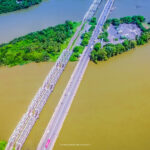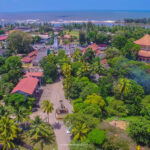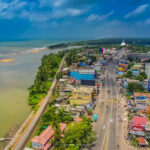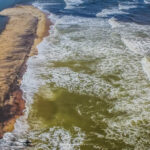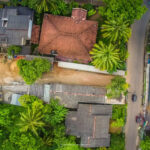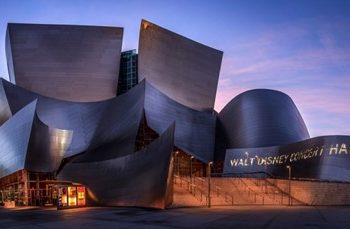
‘An underrated cosmopolitan’
Defining the entry to the breath-taking South- coast along the shoreline, carrying the blessing of the sacred Bodhiya and Stupa is the epic township of Kalutara. The city being bound by the nurturing Kalu ganga with the adjoined beachfront adds tranquility, mitigating the sense of chaos created by the rushing Galle road and the congested city center. Kalutara is identified as a composition of multi- racial, multi- religious locality which has been thus enriched with multi- cultural elements, defining an exclusive precinct within the island.
Written history of Kalutara runs back to 1029 AD- the era of King Wickramapandaya who established the Gangahilake Vihara (destructed by the Portuguese later in 1599 AD) along with the sacred boo tree. The city has been identified potent under the colonial reign since the Portuguese and has been fortified in the area where the Kalutara stupa is currently situated. The location had been identified ideal since it captures a telescopic view of Kalu ganga and overlooks the sea across the “Calido” beach strip. Fortress has initially been established as a ferry terminal to administrate shipments of spices and other resources supplied from the upriver localities. Later under the Dutch reign, the fortress is advanced into a look-out and a residential scheme for colonial officials. With no single archaeological evidence of a fortress discovered, it is believed that the existing stupa and the sacred precincts have been built upon the original fortress sub-structure.

Introduction of the railway along with the bridge has encouraged the urbanization of the city. The existing main road acts as a by-pass to minimize the vehicular congestion within the city, yet omitting the visitors to stop by. Thus the exposure of the city business and services has not been prompted to the outsiders, other than the locals themselves. It is noticeable the propagation of commercial buildings on the verge of the main road and the progression of residential zones deviating from it. The river banks and the adjoined lands going up along the countryside are identified to be rich in greenery. On the shoreline, “Calido” is an eye snatching beach strip which allures public- both local and foreign via various recreational activities and an exceptional eco-system.
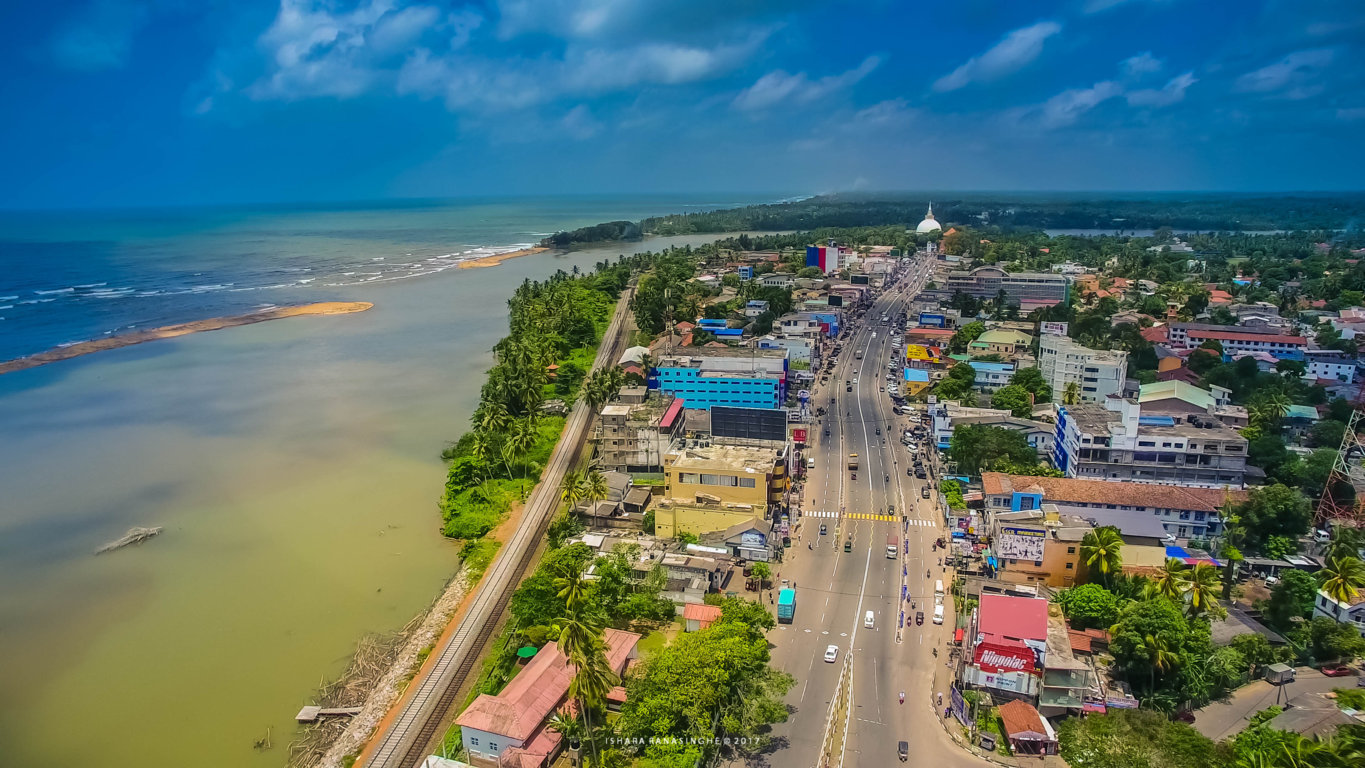
The racial and religious composition of the city is a downright versatility. The majority is Buddhists, followed by Islam’s, Roman Catholics, Christians and Hindus. The city houses temples, churches and mosques as strongholds to the public’s religious sustainability. Literacy of the locals is an average of 97% which is a resultant of the advance school network in the township. 90% of the housings present in the city are permanent and with the time, the segregation of residences under the racial basis has been diminished.

The city’s main income is through business yet taken under the district scale, Kalutara is an agricultural base renowned for rubber, tea, cinnamon, coconut since the past and nowadays palm as a trending cultivation for organic oil industry. “Mangosteen” has been a common household crop giving the locality a reputation for the particular fruit and a cohered culture. Weaving has also been a major scale industry among the Sinhala families, which is evident even nowadays in a few domestic scale workshops. Clay mining along the river beds of Kalu ganga is also a prominent local occupation however has become more of an environmental hazard, allowing frequent flooding and devastation to the natural eco-system.

Inclusive of all aforementioned resources, Kalutara township is capable of offering the utmost of amenities to the locals as well as the nomads, rich and versatile in taste. The city’s profound history is an undivulged conversation known only to a handful, yet unknown by the majority of the Sri Lankans unless researched academically. And it is obvious the city would sustain the prolific composition that it always was since the past, regardless of whatever evolution it would anticipate.


